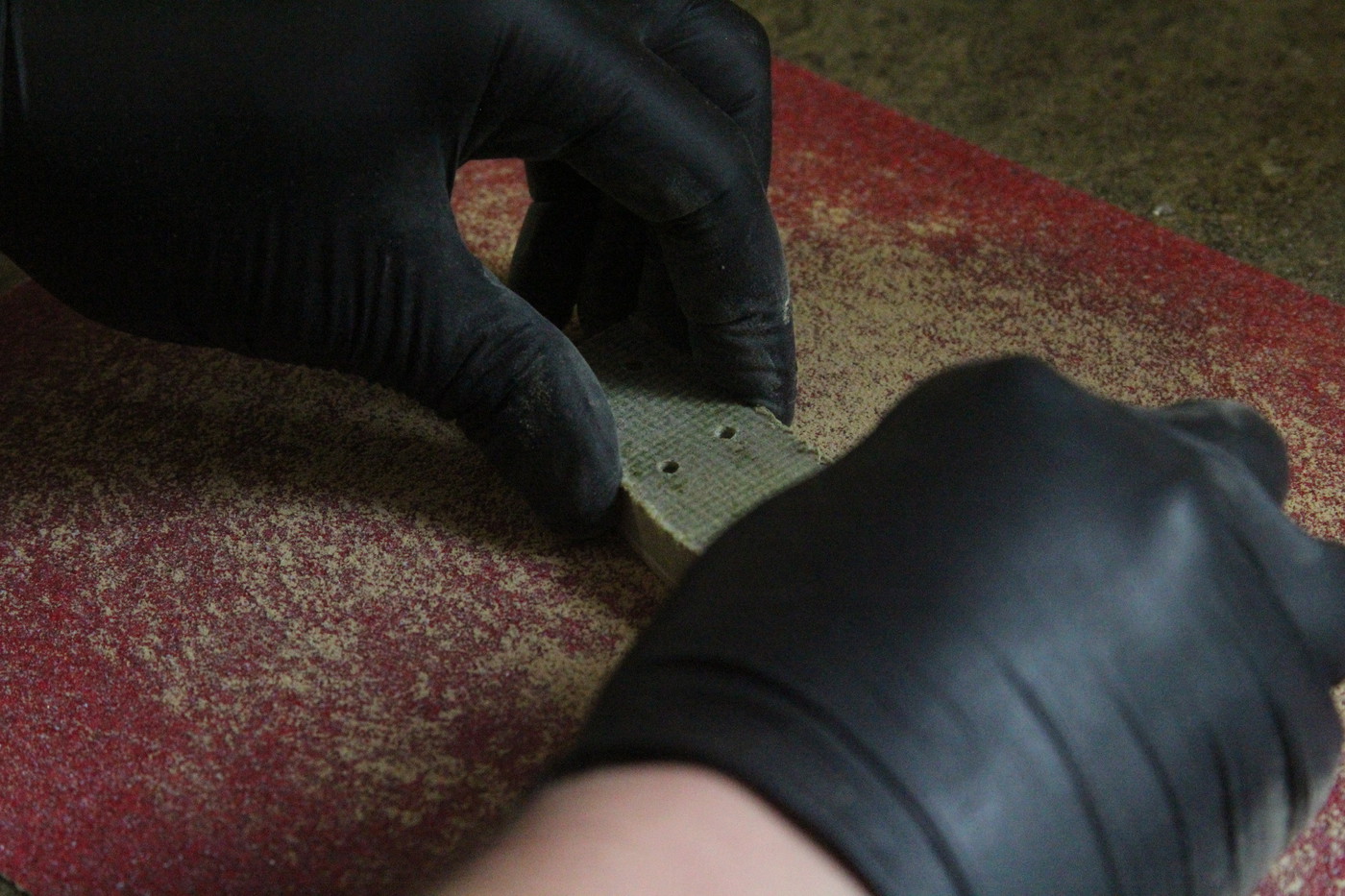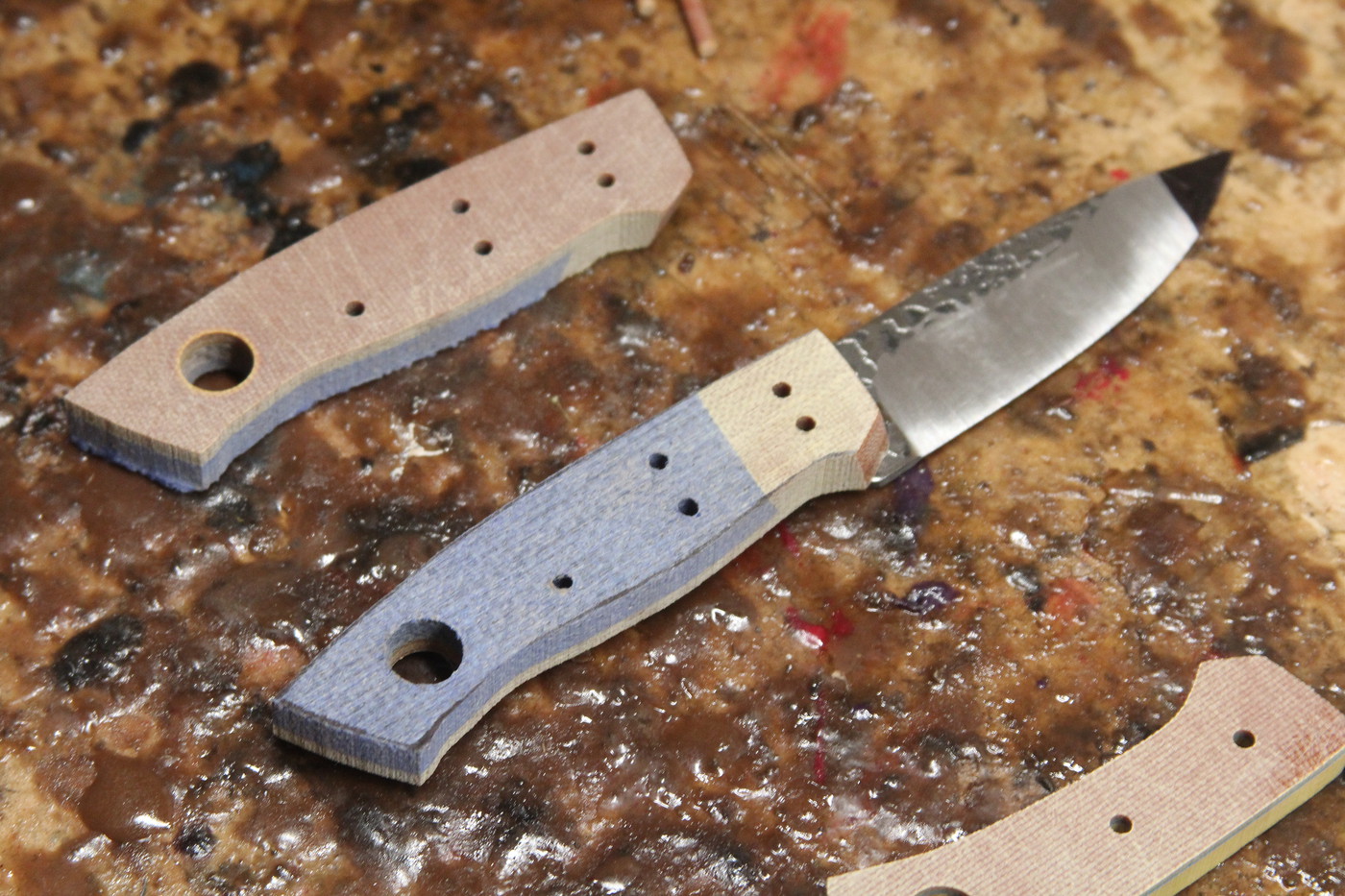LightGuy
Gold Member
- Joined
- Sep 12, 2010
- Messages
- 1,097
Those micarta and G10 pins are way beyond plenty strong. Honestly, in my opinion, pis add strength where it is almost never actually necessary. The glue joint between the handle slabs and the tang is key. After that, adding pins is exponentially increasing strength for absolute abuse over a ridiculously long period of time, like 80 years. The epoxy we use, could most likely hold your handle scales to the tang just fine on their own through some vary serious abuse. A good example of this is a destruction test I did of the Tango a good while back. I used crappy pine handle scales that were only rough shaped and not flat. I attached them to the tang with our epoxy and that was it, no pins. The only other thing I did was loosely wrap some duct tape on the handle for grip. It added nothing to the strength. I destroyed that knife and the only part that survived was the tang, complete with handle. No glue joint popped or anything. You'd be surprised how many knives out there, that no one ever thinks of, have handle scales attached by nothing more than some spots of epoxy and they last for decades. A lot of times, when you see handle scales that have started to come off knives, it has nothing to do with the pins used. It had to do with the epoxy used, cleanliness of the tang during glue-up, the handle material itself breaking down, things like that. As far as the pin material, you could seriously use one or two pins for a GIANT knife, and they could be made of phenolic, wood, steel, and they would be more than enough to facilitate serious use and abuse for decades.
To conclude, I see no difference between using steel pins, brass pins, titanium pins, micarta, G10, fiberglass, etc. They all work just as good and I've used them all. Plus, I've destoryed all of them and see how they hold together. It's pretty incredible. If your Fiddleback fails, it WILL NOT be because of the pin material. In fact, that is the last thing it could possibly be.
Thank you very much for taking the time to provide such a detailed and informative response! This definitely instills a lot of confidence in this design, and has helped me move beyond the "pin" issue. This thread has been a good education for me overall. Sometimes I tend to worry more about the "bombproof" nature of a knife vs. the functionality and doing the job it was intended to perform. The more I ask questions and get good input from knife enthusiasts with much more experience than me, and even knife makers, the more I learn what is important to look for in a knife.
Thanks again for all the helpful responses!


